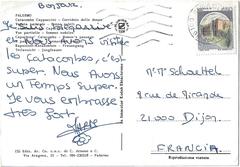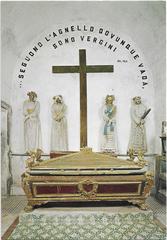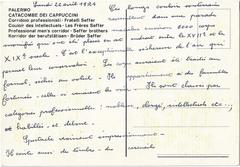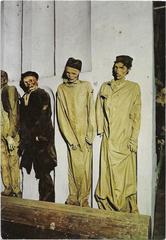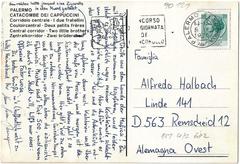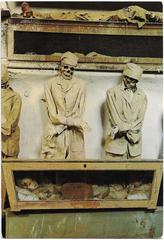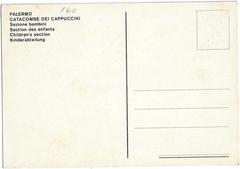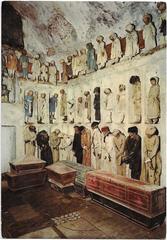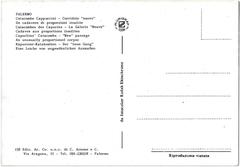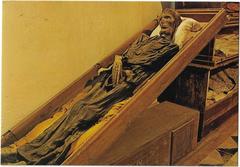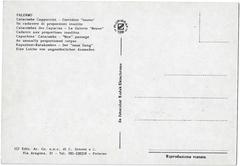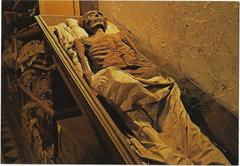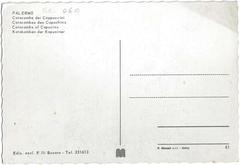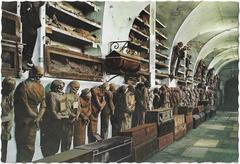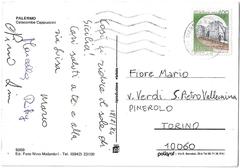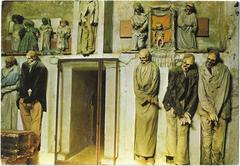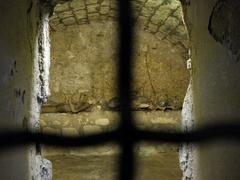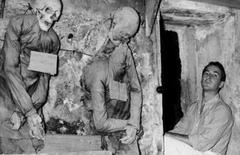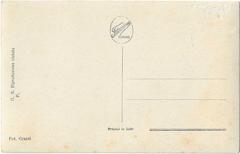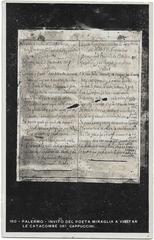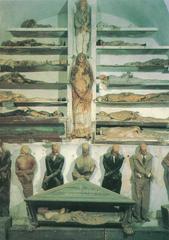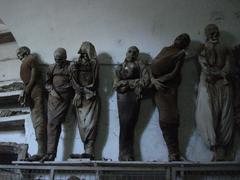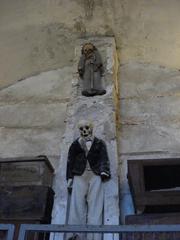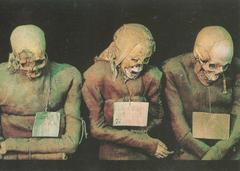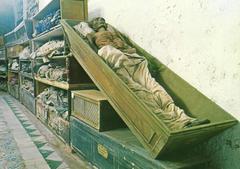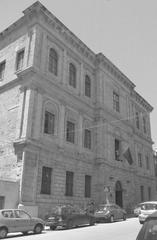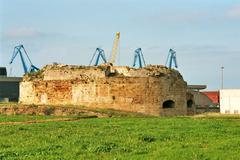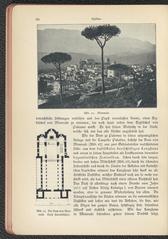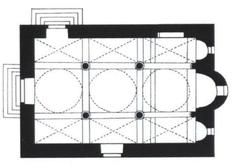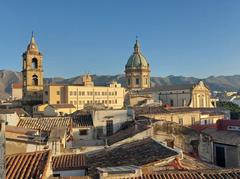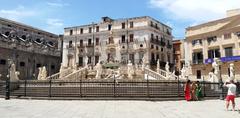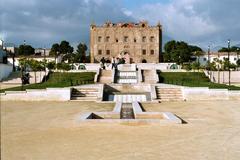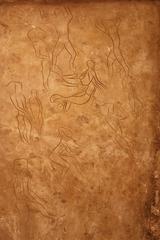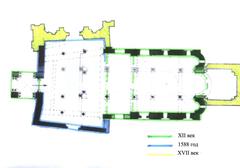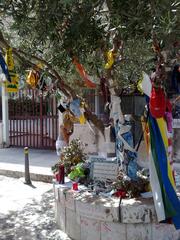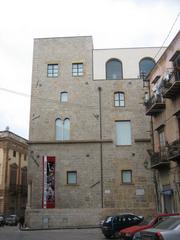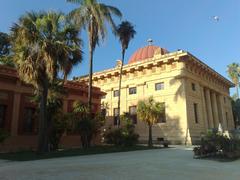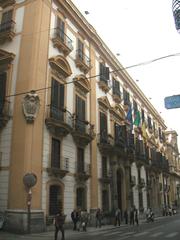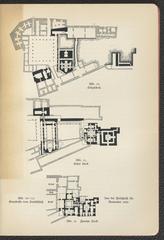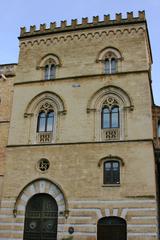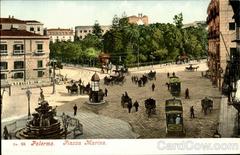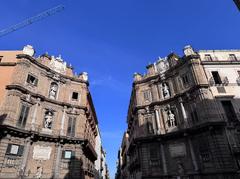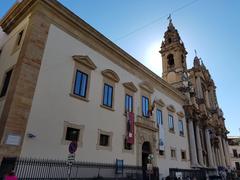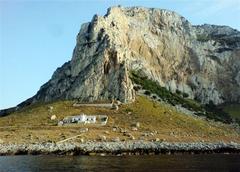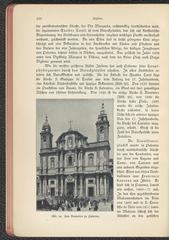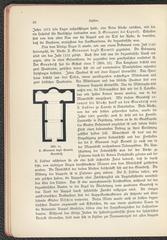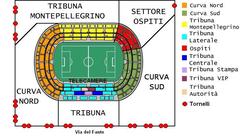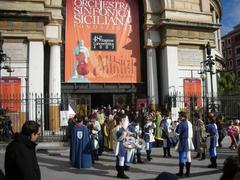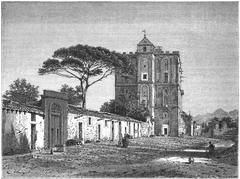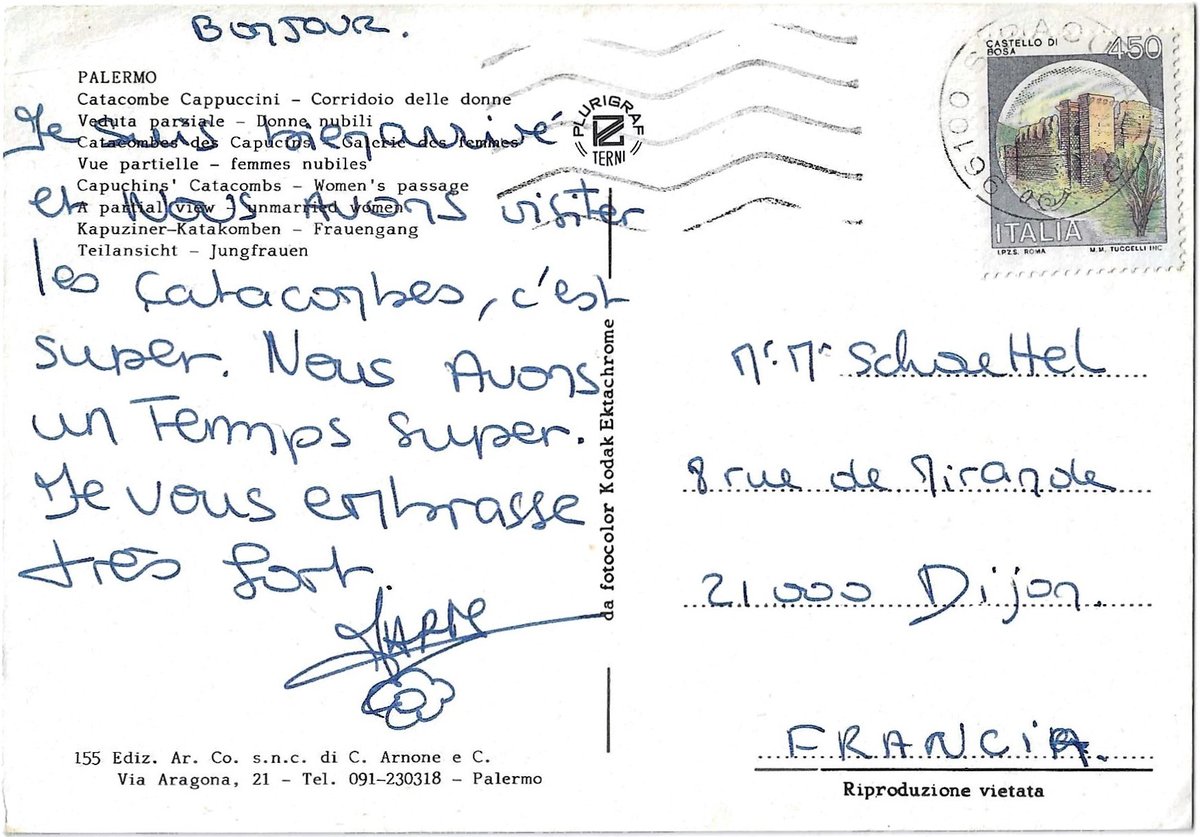
Catacombe dei Cappuccini Visiting Hours, Tickets, and Travel Guide to Palermo
Date: 14/06/2025
Introduction: A Portal to Palermo’s History and Mortality
Nestled within the bustling city of Palermo, Sicily, the Catacombe dei Cappuccini (Capuchin Catacombs) stand as one of Europe’s most extraordinary and evocative historical sites. Established in the late 16th century by Capuchin friars, this extensive underground necropolis houses the mummified remains of nearly 8,000 individuals—ranging from monks and nobles to children—meticulously displayed in lifelike poses that mirror the social structures and spiritual values of Sicily across centuries. Far more than a macabre curiosity, the catacombs offer a profound reflection on death, memory, and the enduring bonds between the living and the departed, shaping Palermo’s identity and cultural heritage.
This guide provides all the practical information you need for an enriching and respectful visit to the Catacombe dei Cappuccini, including up-to-date opening hours, ticket prices, accessibility tips, visitor etiquette, and recommendations for nearby attractions. Whether you are a history buff, cultural explorer, or simply intrigued by this unique site, use this comprehensive resource to make the most of your Palermo experience.
For official details and current visitor information, consult the Palermo Catacombs official website and additional resources (History Hit, The Tourist Checklist, Ancient Origins).
Table of Contents
- Introduction
- Historical Background and Cultural Significance
- Practical Visitor Information
- What to Expect: Layout and Experience
- Notable Mummies and Social History
- Nearby Attractions in Palermo
- Frequently Asked Questions (FAQ)
- Plan Your Visit: Tips and Resources
- Sources
Historical Background and Cultural Significance
Origins and Development
The Catacombe dei Cappuccini trace their roots to 1534, when Capuchin friars established a monastery and began using a simple communal grave for burials. By 1599, the friars discovered a natural mummification process thanks to the catacombs’ dry microclimate and limestone walls. Recognizing the preservation as a sign of divine favor, they began displaying the mummified bodies, which soon attracted the attention of Palermo’s elite, clergy, and broader society. Over four centuries, the catacombs grew to house thousands of meticulously preserved remains (official site).
Social Status and Mummification
Within the catacombs, the arrangement of the dead reflects the rigid social hierarchies of Sicilian society from the 16th to early 20th centuries. Sections are organized by gender, age, profession, and religious standing, with clothing and placement signifying the deceased’s status. The friars developed advanced embalming techniques, including drying chambers and chemical treatments, resulting in some of the world’s best-preserved mummified remains.
Cultural and Spiritual Meaning
The Catacombe dei Cappuccini serve as a physical manifestation of Sicilian attitudes toward mortality and remembrance. Families would visit regularly to tend to their loved ones, changing clothes or bringing flowers, reinforcing family ties and the Catholic tradition of praying for the souls of the departed. The catacombs stand as a memento mori—reminding visitors of life’s transience and the importance of virtuous living (Palermo Catacombs).
Practical Visitor Information
Location and Access
- Address: Piazza Cappuccini, 1, 90129 Palermo, Italy
- How to Get There:
- Public Transport: City buses connect to the site; the nearest metro stop is Palazzo Reale-Orleans, followed by a short walk (History Hit).
- Taxi/Rideshare: Taxis and rideshares are available citywide.
- On Foot: The catacombs are walkable from Palermo’s historic center.
Opening Hours
- Standard Hours: 9:00 AM – 1:00 PM and 3:00 PM – 5:00 PM daily
- Seasonal Variations: Hours may change on holidays or religious observances. Always check the official website for updates.
Tickets and Booking
- Adult Admission: Usually €3–€5
- Reduced Rates: Discounts for students, seniors, and groups; children may enter free or at reduced rates
- Guided Tours: Available for an additional fee, with multilingual options
- Booking: Tickets may be purchased on-site or in advance online (PalermoCatacombs.com)
Accessibility
Due to the catacombs’ age and design, access involves stairs, narrow passages, and uneven floors. The site is not fully accessible for wheelchairs or those with significant mobility challenges; visitors should contact the catacombs in advance regarding accommodations.
Visitor Guidelines
- Dress Code: Modest attire (shoulders and knees covered); closed-toe shoes recommended
- Photography: Strictly prohibited inside to respect the deceased and protect the environment (Ancient Origins)
- Behavior: Maintain silence or quiet conversation; respect the solemnity of the site
- Touching: Do not touch the remains or displays
- Children: Parental discretion advised; the displays may be disturbing for sensitive visitors
What to Expect: Layout and Experience
The Catacombe dei Cappuccini span a labyrinth of underground corridors organized by category: men, women, children, clergy, professionals, and monks. Bodies are displayed in niches, coffins, or standing, many dressed in their original garments. The atmosphere is cool, dim, and evocative, inviting reflection and contemplation.
A highlight is the “Sleeping Beauty,” Rosalia Lombardo, whose extraordinary preservation draws scientific and emotional interest. The experience is both sobering and deeply meaningful, offering insight into centuries of Sicilian life, death, and memory.
Notable Mummies and Social History
- Rosalia Lombardo: A two-year-old girl preserved by innovative embalming in 1920; her lifelike appearance has garnered international attention.
- Historical Research: Ongoing studies, such as those led by Dr. Kirsty Squires, provide insights into historical health and burial practices.
- Social Stratification: The arrangement of the dead by status, attire, and location vividly illustrates the social order of historical Palermo.
Nearby Attractions in Palermo
Combine your visit to the catacombs with other iconic sites:
- Palermo Cathedral: Norman architecture and royal tombs
- Palazzo dei Normanni (Royal Palace): Includes the Palatine Chapel
- Quattro Canti: Baroque heart of the old city
- Ballarò Market: Palermo’s vibrant food and culture hub
- San Cataldo and Cappella Palatina: UNESCO-listed churches
Frequently Asked Questions (FAQ)
Q: What are the Catacombe dei Cappuccini’s opening hours?
A: Generally open daily from 9:00 AM–1:00 PM and 3:00 PM–5:00 PM. Check the official website for changes.
Q: How can I buy tickets?
A: Purchase on-site or online via the official website. Guided tours may require advance booking.
Q: Is photography allowed inside?
A: No; photography and videography are strictly forbidden inside the catacombs.
Q: Is the site accessible for people with disabilities?
A: Access is limited due to stairs and narrow corridors; inquire ahead for details.
Q: Are guided tours available?
A: Yes, in multiple languages; highly recommended for deeper historical context.
Q: How long does a visit last?
A: Most visits take 30–60 minutes, depending on interest and tour options.
Plan Your Visit: Tips and Resources
- Season: Spring and autumn offer the most comfortable weather and fewer crowds.
- Time of Day: Early mornings or late afternoons are quieter.
- What to Bring: Light jacket (the catacombs are cool), comfortable footwear, and emotional readiness for a solemn experience.
- Amenities: Restrooms and a small gift shop are available near the entrance; no food or drink inside.
- Special Events: Occasional guided tours or educational events, especially around religious holidays.
For virtual previews, official photos, and further planning, visit the Palermo Catacombs official website.
Sources
- Catacombe dei Cappuccini official website
- History Hit: Catacombs of the Capuchins
- The Tourist Checklist: Palermo Catacombs
- Ancient Origins: Capuchin Catacombs Palermo
Conclusion and Call to Action
A visit to the Catacombe dei Cappuccini is a profound journey into Sicily’s history, culture, and contemplation of mortality. By preparing thoughtfully, adhering to respectful conduct, and engaging with the catacombs’ stories, you will come away with a deeper understanding of Palermo’s unique heritage. For the most current information on opening hours, tickets, and special events, always consult the official website.
To enhance your experience, download the Audiala app for guided tours, cultural insights, and updates. Follow us on social media for more on Palermo’s historical treasures and travel inspiration.
